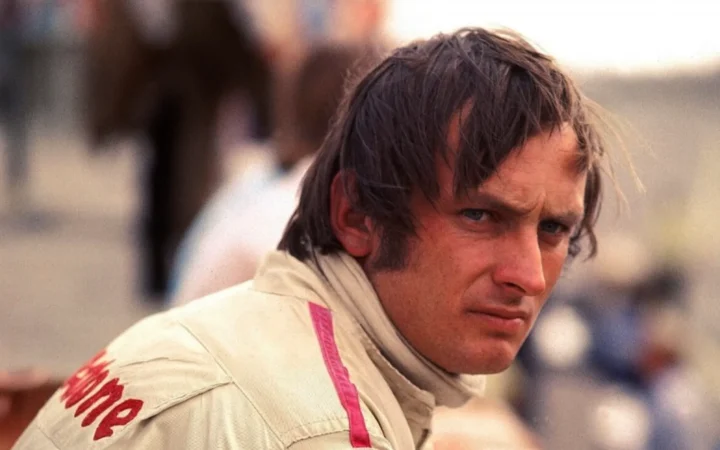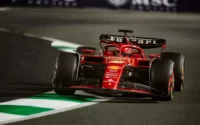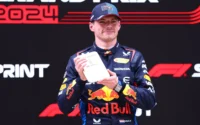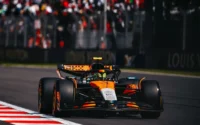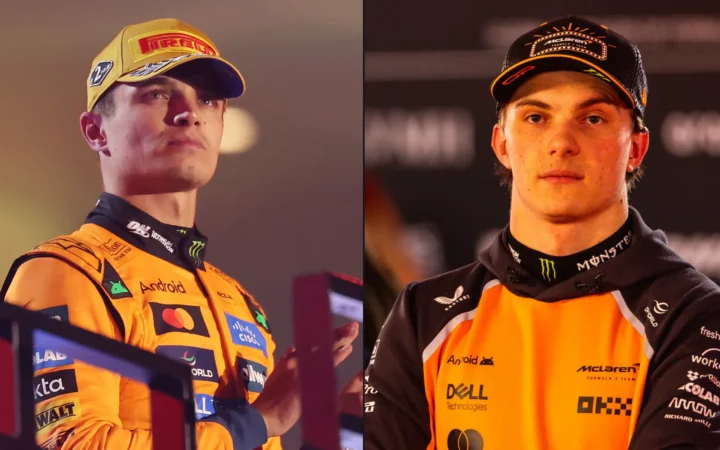Brad Pitt’s blockbuster F1 movie has launched fictional racer Sonny Hayes into the spotlight, but long before Hollywood dreamt up his dramatic return, the real F1 paddock had already seen men who lived it. In fact, Hayes feels like a patchwork of several F1 legends who crashed, clawed their way back, and proved they were still championship material.
What To Know?
- Sonny Hayes resembles real drivers who survived life-threatening crashes and returned to F1.
- Lauda, Kubica, Häkkinen and Massa all made extraordinary recoveries.
- Alonso, Schumacher and Räikkönen also staged major F1 comeback seasons.
And yes, this is where the spoilers start…
Hayes’ story opens with heartbreak: a career-ending accident, a shaken reputation, hope seemingly gone. Years later, he reappears, lean, battered, seasoned, and somehow just as fast, teaming up with APX GP for an emotional second life in F1.
But fans of the sport will instantly see the real-world DNA woven through the script. Some of it isn’t even fictionalised, it’s archive history:
- Sonny’s flashbacks? They’re not CGI. The movie uses actual footage of Martin Donnelly suffering a violent 1990 crash at Jerez — the one that ended Donnelly’s own F1 days.
- His triumphant comeback draws clear parallels with the likes of Niki Lauda and Robert Kubica, drivers who returned when many assumed they never would. His tension with young hotshot Joshua Pearce echoes plenty of generational clashes in F1 history.
- Hayes is plucked out of IMSA competition at Daytona and thrown back into Formula 1, a leap Kevin Magnussen made for real in the 2022 Championship.
- And his crafty tactic of triggering safety cars by colliding on purpose? Renault executed the very same scheme in 2008, when Nelson Piquet Jr intentionally crashed to help Fernando Alonso win, the infamous ‘Crashgate’.
F1’s real-life Comeback stories
Fiction rarely outpaces Formula 1. No screenwriter could invent comebacks as staggering as the ones drivers have lived through, men who got so close to death that many assumed they would never walk again, let alone race.
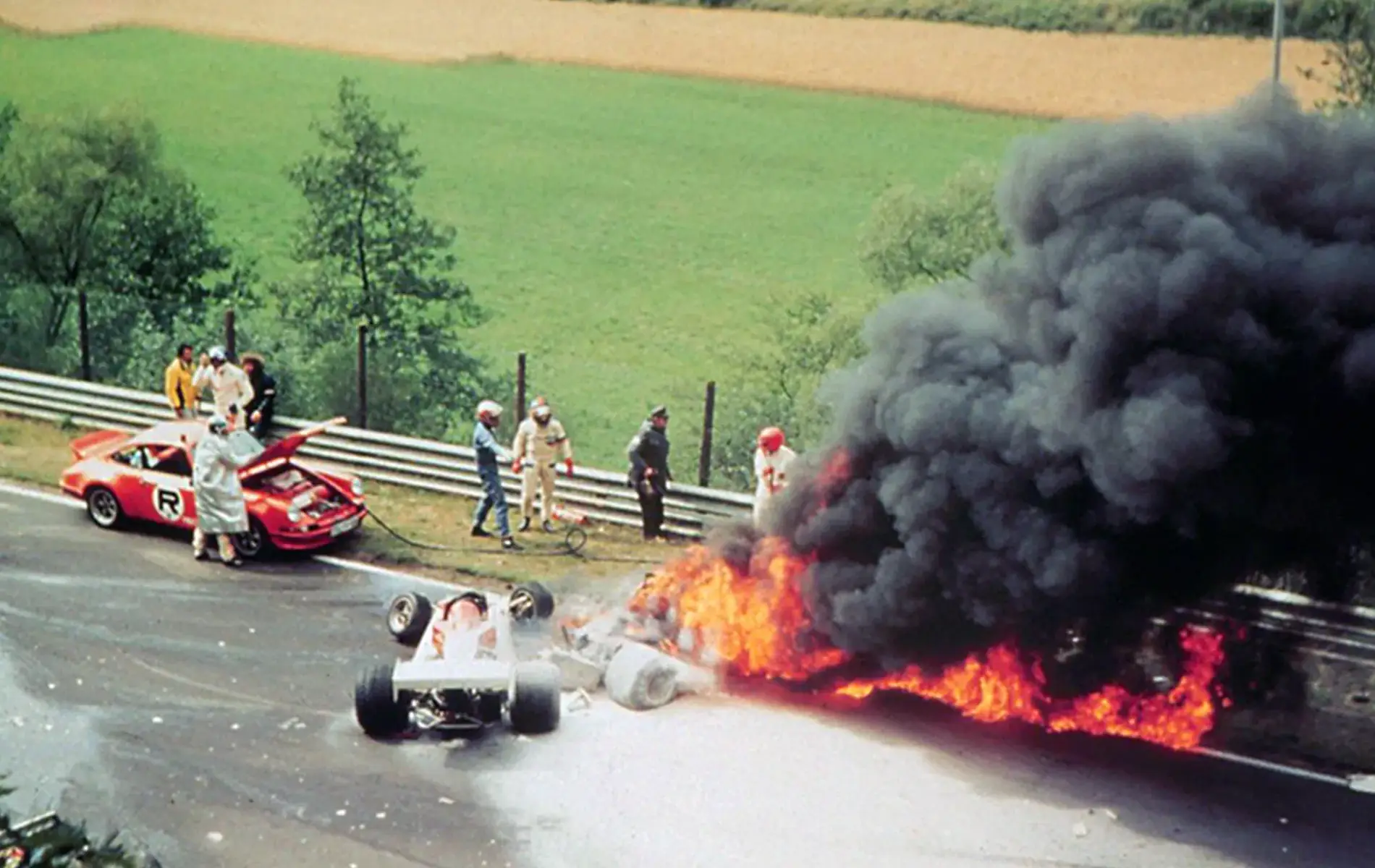
Niki Lauda
The Miracle Man of 1976
To this day, Lauda’s return stands as one of the defining acts of courage not just in motorsport, but across all of sport.
He was leading the 1976 world championship when his Ferrari slid into the Armco at the Nürburgring Nordschleife, rupturing its tank and erupting into fire. Trapped and choking on flames and fumes, Lauda was dragged from the wreck by fellow racers — barely alive.
Niki Lauda
F1 Debut 1971 Austrian Grand Prix
Current/Last Team McLaren
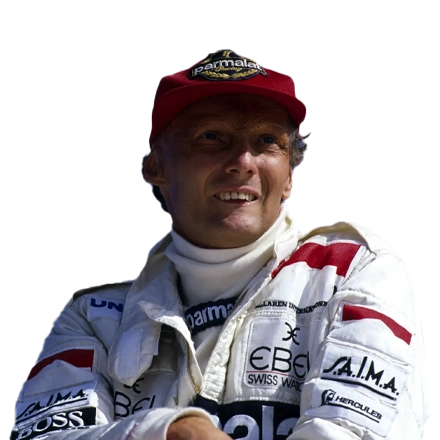
He suffered catastrophic burns, lost part of an ear, and his lungs were poisoned by toxic gases. He fell into a coma. A priest administered the last rites. Doctors prepared for the worst.
Yet, six weeks later, Lauda appeared in Monza, head swathed in bandages, helmet specially cut to fit, and finished fourth, requiring assistance just to climb from the car. His bandages ran red with blood.
He fought for the title all the way to Japan, where monsoon conditions convinced him to withdraw. James Hunt won the championship by one point, but Lauda’s comeback completely redefined the limits of human resilience.
And he wasn’t finished. After retiring in 1979 to run his airline, he was tempted back by McLaren, winning a third title in 1984 before retiring permanently.
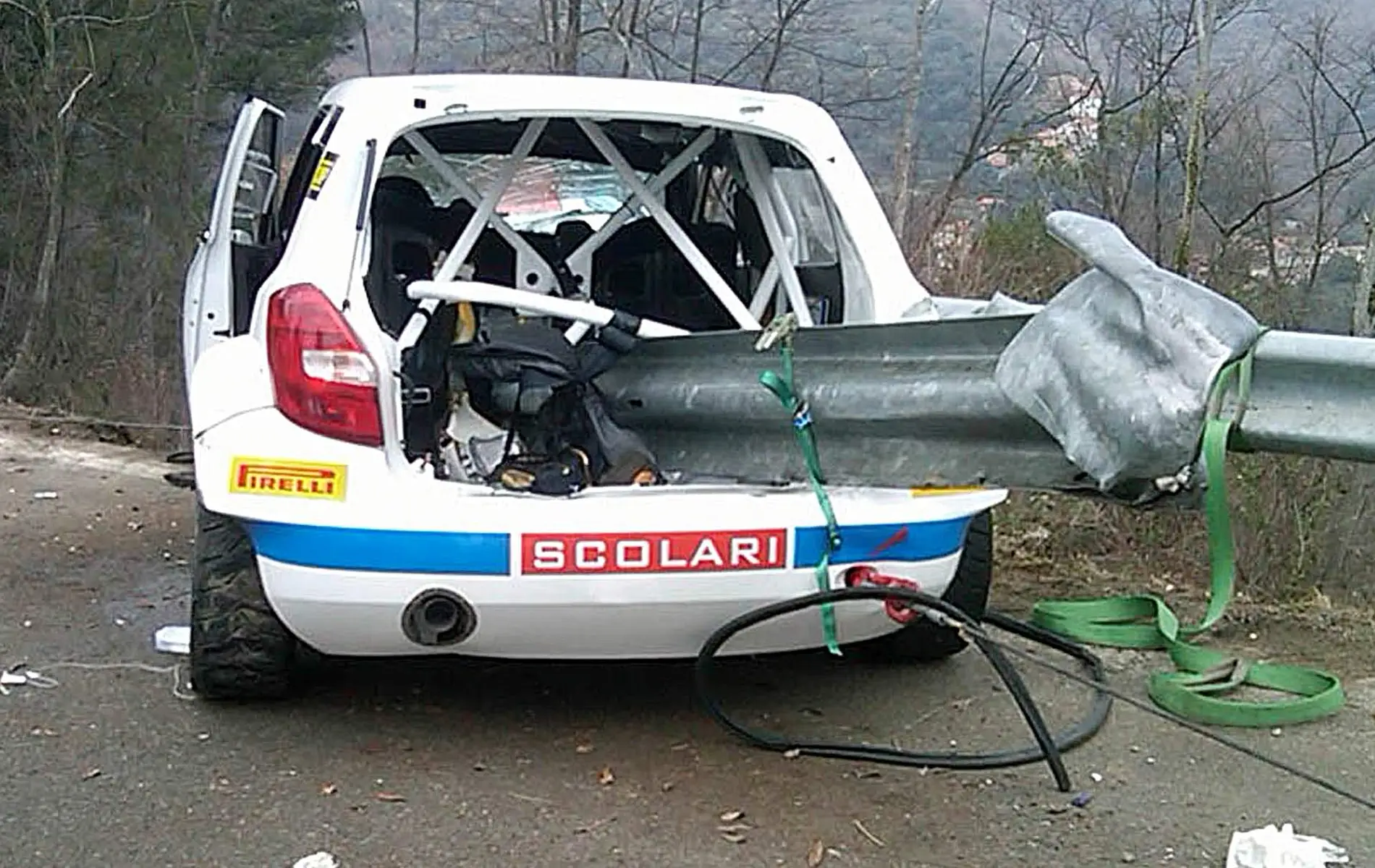
Robert Kubica
Come back through sheer willpower
Kubica’s name sits firmly beside Lauda’s in the lore of the sport.
In 2011, while rallying in Italy, Robert Kubica struck a guardrail at high speed. The metal ripped into the car, almost severing his right arm. His hand, forearm and bones were shattered. Recovery would take years, and even then, he would never regain full movement.
Robert Kubica
F1 Debut 2006 Hungarian Grand Prix
Current/Last Team Alfa Romeo

But he refused to give up. Kubica tested, trained, fought for his seat inch by inch, and eight years later, he returned to F1 with Williams. He even scored a point at the German Grand Prix, the team’s only point of the season.
Kubica later said the achievement was “the biggest achievement of my life.”
Now a Le Mans winner with Ferrari, a team he was rumoured to have signed for in F1 before his crash, showed the world his defiance as one of the greatest sporting returns ever recorded.
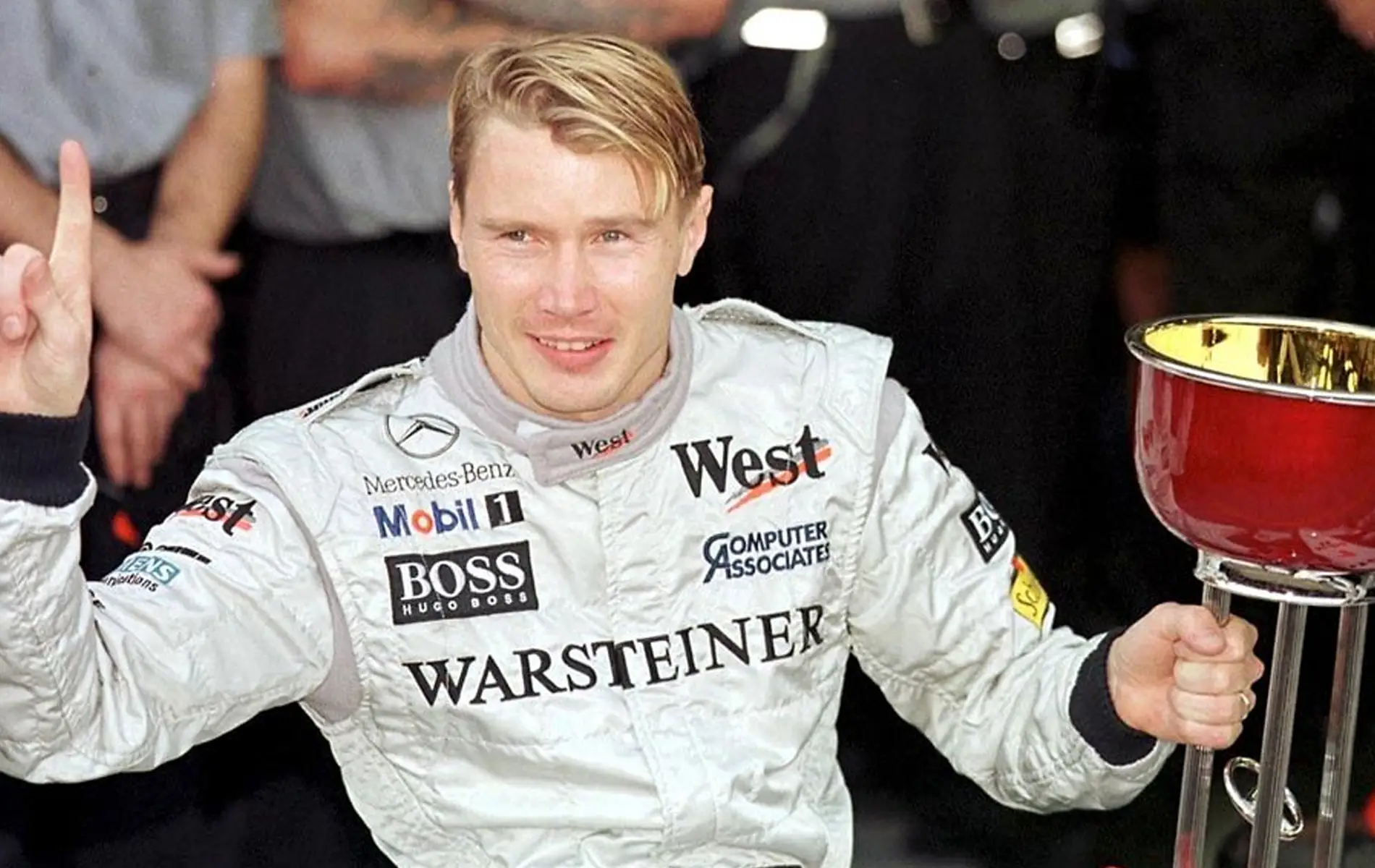
Mika Häkkinen
The man who came back and conquered
The qualifying crash at Adelaide in 1995 could easily have ended Mika Häkkinen’s story early.
A tyre failure hurled his McLaren sideways into the wall at around 125mph. The Finn fractured his skull; his airway closed shut. Doctors performed an emergency tracheotomy trackside, an act that saved his life.
Mika Hakkinen
F1 Debut 1991 United States Grand Prix
Current/Last Team McLaren

His recovery was agonising. Nerve damage left one side of his face unresponsive. He had to tape his eye closed just to sleep. Yet little more than 12 weeks later, that’s 87 days, Häkkinen was back testing for McLaren.
He returned full-time in 1996, won his first grand prix in 1997, and then the world titles in 1998 and 1999. A comeback not just to racing, but to the very top.
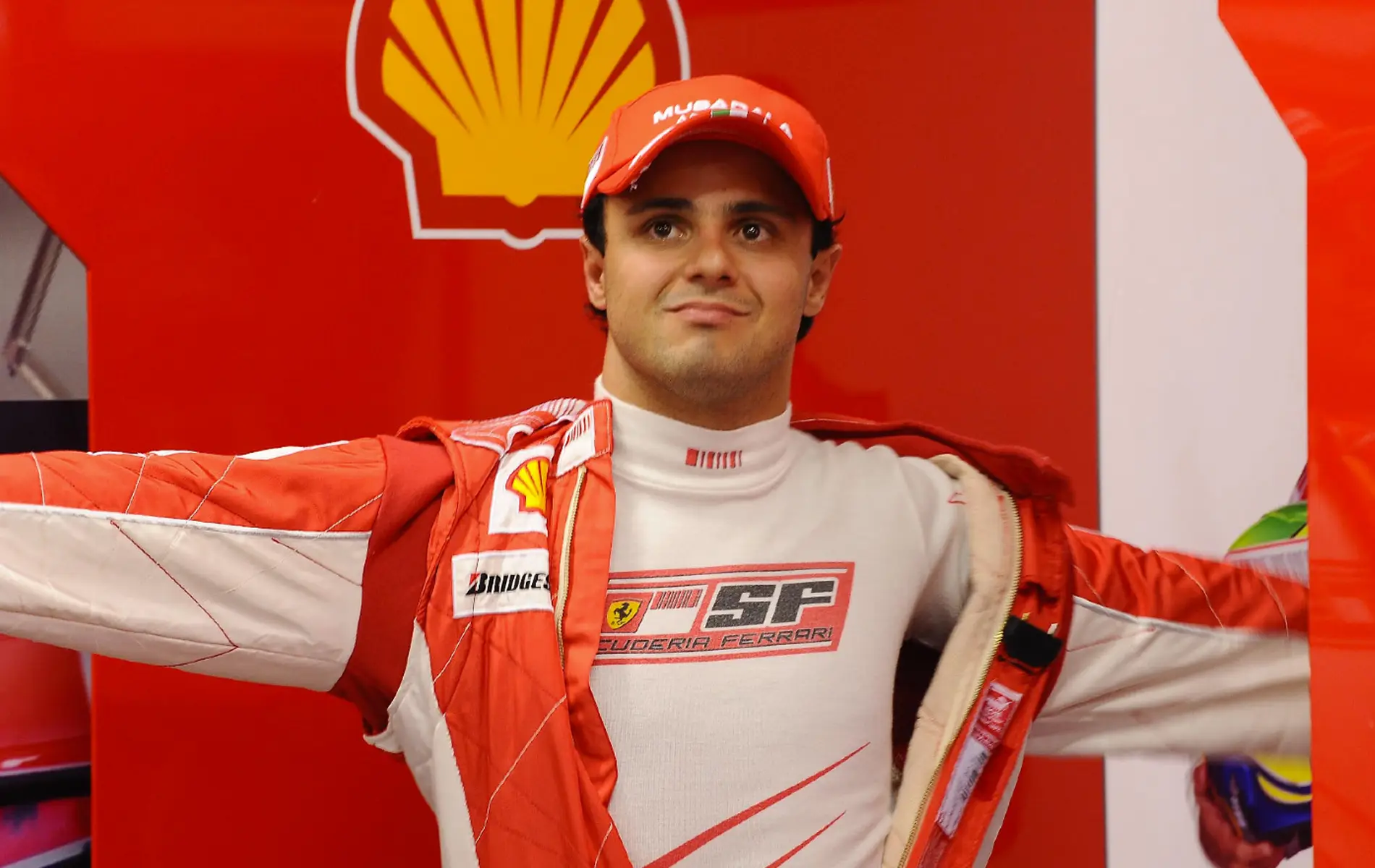
Felipe Massa
Struck down and back again
During 2009 qualifying in Budapest, a spring from Rubens Barrichello’s Brawn shot through the air and hit Felipe Massa’s helmet at more than 155mph.
Massa was knocked unconscious instantly and ploughed straight into the barriers.
Felipe Massa
F1 Debut 2002 Australian Grand Prix
Current/Last Team Williams
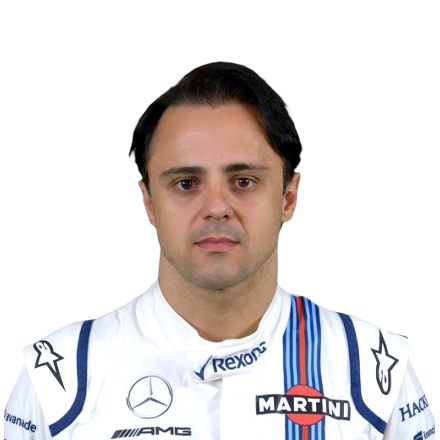
Doctors treated him for skull fractures, a concussion and a deep cut above his eye. He was placed into an induced coma and underwent two surgeries before beginning months of rehabilitation.
Ferrari waited. Massa recovered. And by the start of the 2010 season, he was back behind the wheel, his return helping spark the safety revolution that later led to the halo.
When F1 legends couldn’t stay away
Not all comebacks are born from fire and hospital wards. Some drivers simply stepped away, only to feel the pull of the paddock once more.
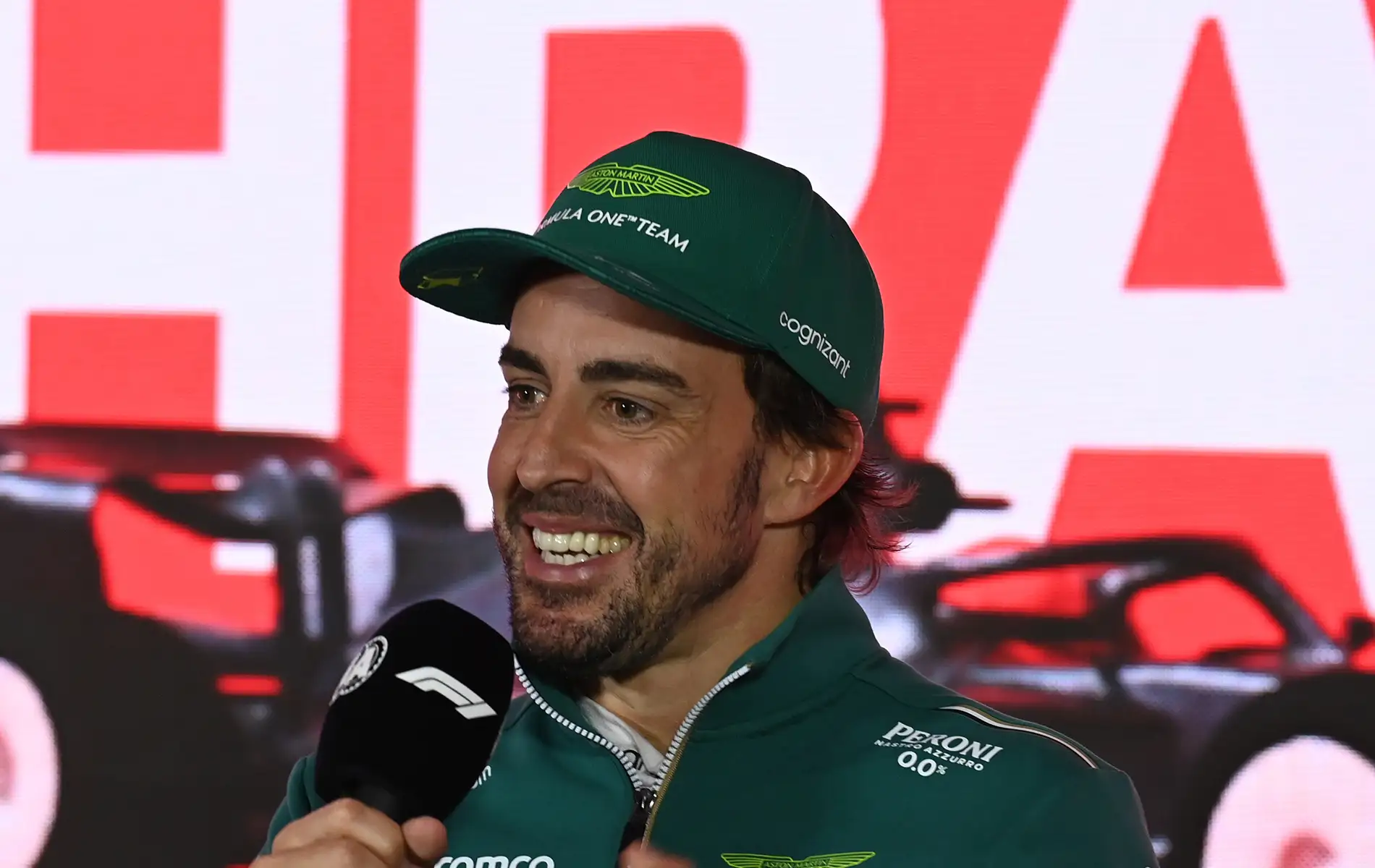
Fernando Alonso
It’s impossible to picture modern F1 without him, yet Fernando Alonso left after 2018 to chase adventure elsewhere, from Le Mans to WEC, Indy 500, and even Dakar.
Fernando Alonso
F1 Debut 2001 Australian Grand Prix
Current/Last Team Aston Martin
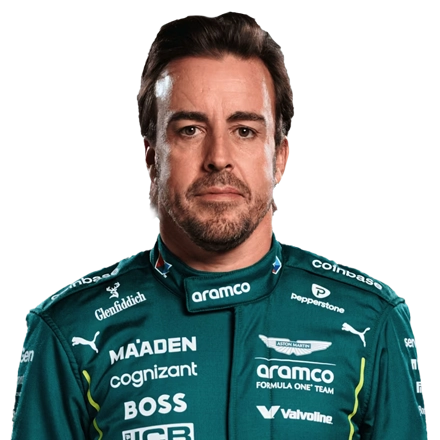
But the sport kept calling. In 2021, he returned with Alpine (formerly Renault, where he won his 2005 and 2006 titles). He later moved to Aston Martin, still fighting wheel-to-wheel with the hunger of a teenager.
Today, Alonso holds the all-time record for F1 starts: more than 400 and counting.
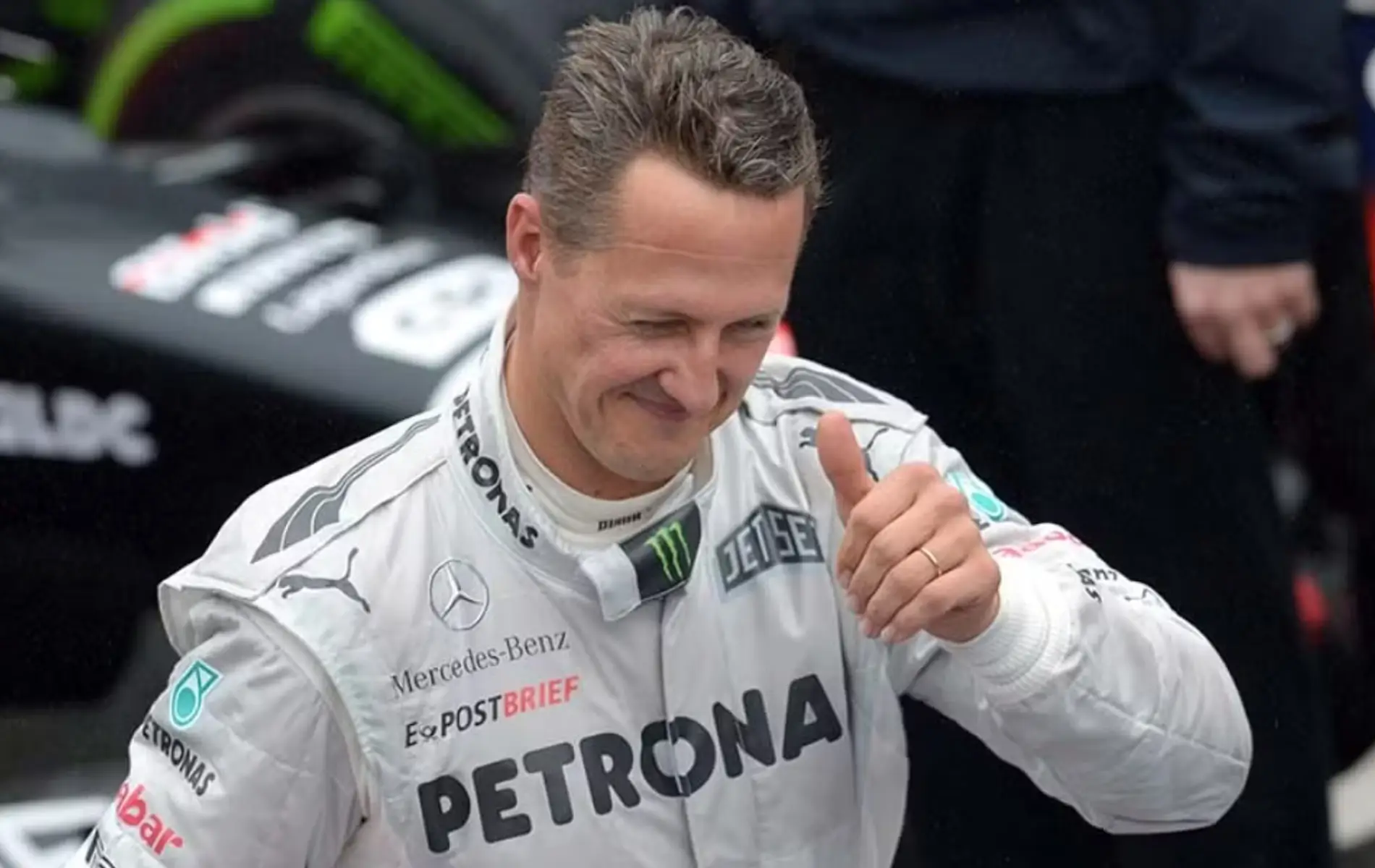
Michael Schumacher
Seven titles. Records everywhere. Retired in 2006. Story over, or so we thought.
Three years later, Schumacher re-emerged with the brand-new Mercedes works team, alongside Ross Brawn, the architect of his Ferrari glory years.
Michael Schumacher
F1 Debut 1991 Belgian Grand Prix
Current/Last Team Mercedes
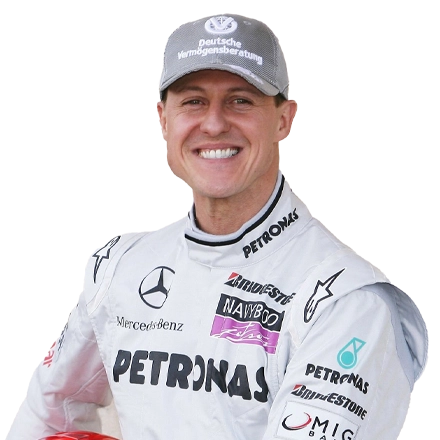
It was a tougher sport than the one he left. Testing was restricted, tyres were standardised, and the grid had moved on. In three seasons, he scored only one podium, but helped build the team that would later dominate the hybrid era.
He stepped away for good in 2012. A skiing accident the following year left him with life-changing injuries.
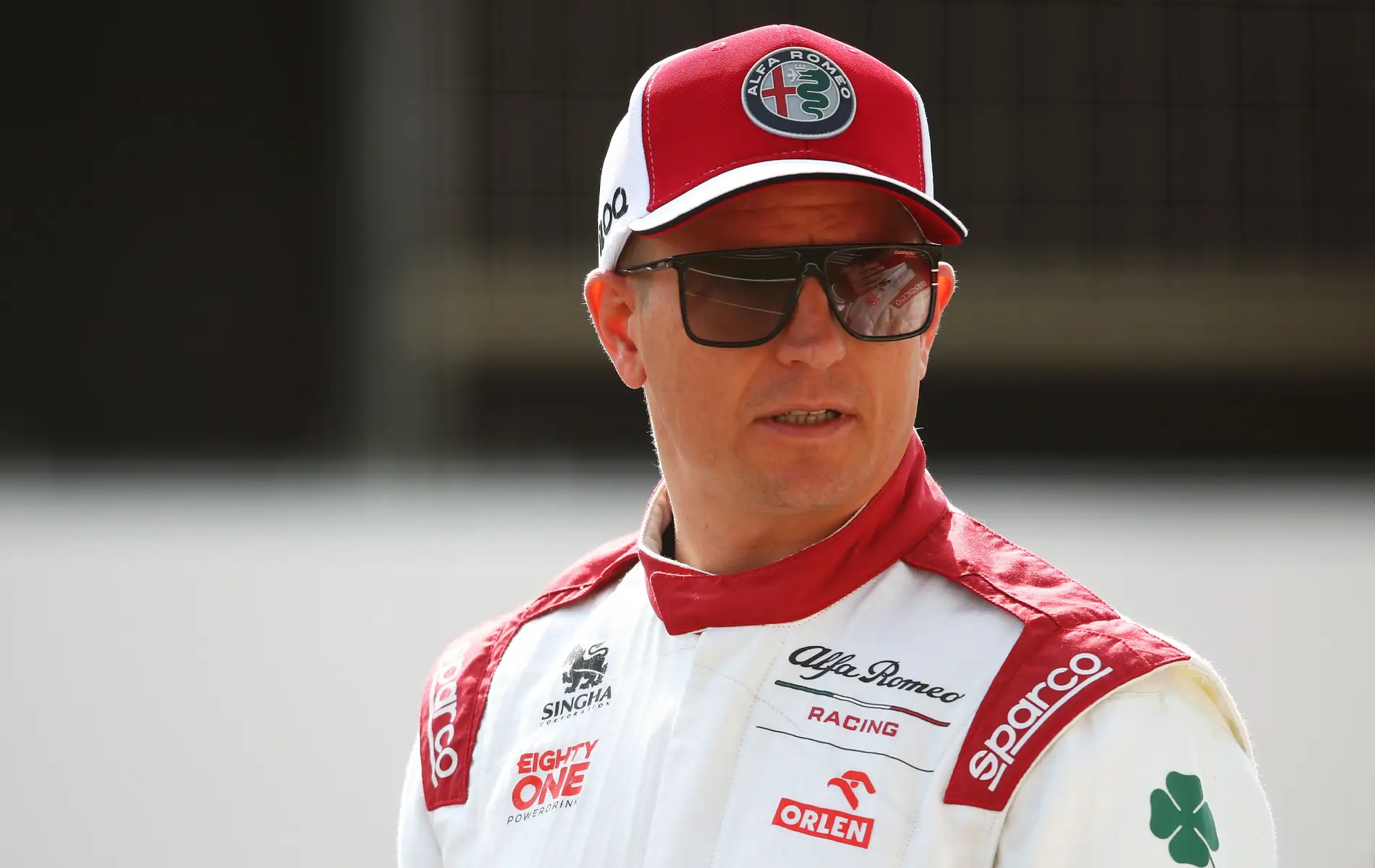
Kimi Räikkönen
Ferrari released him in 2009 to make room for Alonso, and Kimi Räikkönen slipped out of F1 without much fuss. He tried rallying. He tried NASCAR. It seemed he might never return.
Then 2012 rolled around, and suddenly Kimi was back with Lotus. Immediately quick. Instantly competitive. He won the 2012 Abu Dhabi Grand Prix and delivered the unforgettable radio line: “Leave me alone, I know what I’m doing.”
Kimi Raikkonen
F1 Debut 2001 Australian Grand Prix
Current/Last Team Alfa Romeo
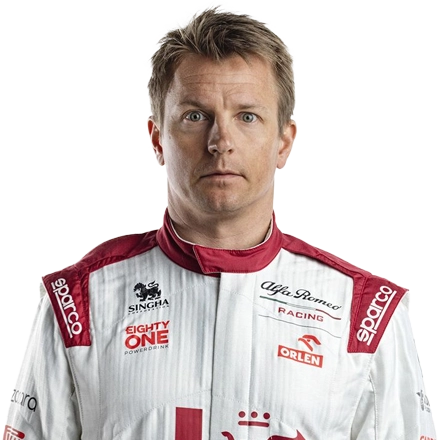
Two seasons, 13 podiums, two wins, enough to earn a Ferrari reunion. More trophies followed before a final move to Alfa Romeo. He retired in 2021 with 349 starts to his name.
Sonny Hayes may be fictional, but his bones are real: pain, pride, recovery, redemption. F1 is full of men who stared disaster down and got back in the car anyway, and that’s why Hayes feels so believable. In racing, the greatest stories don’t need writing. They just need to be remembered.
Seen in:


